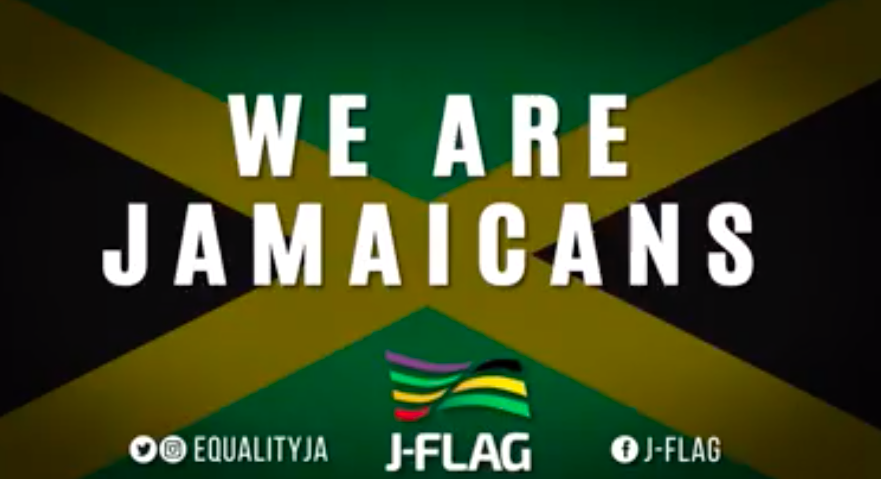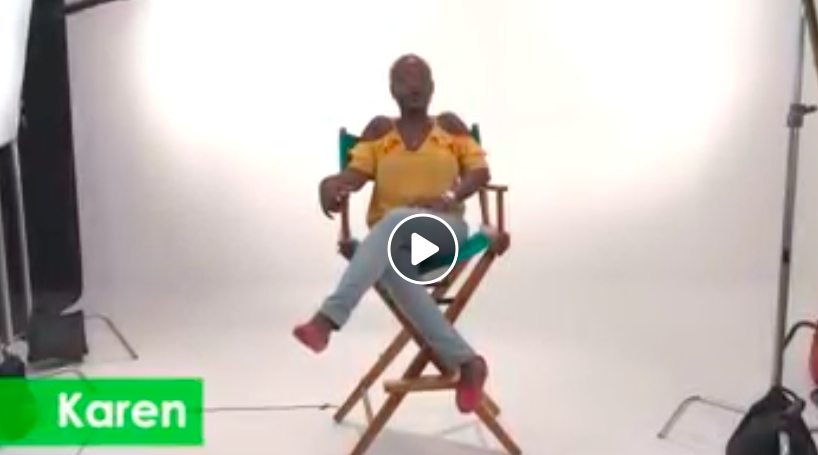Jamaica is considered one of the most homophobic countries on the planet. But nowhere is hope impossible
People with diverse sexual orientation or gender identity or expression in Jamaica face challenges and extremely difficult legal and social issues while the country is considered as one of the most homophobic places to live. Same-sex intercourse can lead to gay men being imprisoned up to 10 years or punished by hard labor. A research recently found that there is a belief in Jamaica that if you rape a lesbian, she will “turn” straight. Needless to say, any protection for LGBTQI+ people might seem light-years ahead.
Or maybe not?
After interviewing the heads of 20 organisations that employ, advocate for, and create policies that impact the lesbian, gay, bisexual and transgender community, Prof Winston Moore or the University of West Indies, found that Jamaicans have become more tolerant of members of the community. “We recognise that the critical interventions that have been made by the LGBT organisations, the human rights, and just generally, I think people being more willing to be open to people who are not like them is paying off”, the research commissioned by the JFLAG quotes.
Indeed, JFLAG has been on the scene for many years, relentlessly pursuing its educational and transformative work. From behind the scenes, Suelle Anglin, Associate Director of Marketing, Communication and Engagement reports.
Suelle, a word about JFLAG?
We are a human rights and social justice organization advocating for the rights and social inclusion of LGBT Jamaicans, living in Jamaica. We work on all fronts: technical assistance to other affiliated organizations, advocacy for legal reform, public campaigning and education, community development. We have three affiliate organizations that we work alongside: TransWave Jamaica, WE-CHANGE, and Equality Youth Jamaica (18 to 25 y/o).
Tell us more about your campaigning work ?
We launched the “We Are Jamaicans” campaign in 2012, which featured LGBT and allied Jamaicans showcasing their humanity. It included men who identify as gay men, women who identify as lesbian, as well as trans men & women. And of course, allies. The campaign targeted the broader Jamaican society. Many Jamaicans had never seen an LGBT person not hiding behind a mask. So, this was an essential moment to confront ignorance and stereotypes, and to show the reality and the diversity of LGBT people who live here in Jamaica, and to tell our stories.
The objective of the campaign was to show the broader society that at the core LGBT Jamaicans were just …. Jamaicans. So, the messages tried to change the narrative that people can’t be gay and also still Jamaican. We do what all other Jamaicans do and love. Being LGBT does not change anything.
Can you give us some examples of what Jamaicans love?
As a Jamaican we also love to go to the beach, we love the sun, go to school, go to church, we want a family, we want to work and all the ambitious things others strive and work hard for.
What types of media were used for your campaign?
We started with 7 videos and ended up recording about 30 contributions from LGBT people, as well as from many allies like lawyers, broadcasters, very well known people from the Jamaican society.
How were they disseminated ?
We chose to remain only online because that allows for the largest outreach. Also publicly we cannot use the media here in Jamaica to promote anything that law says is illegal. So we could not use traditional media for the promotion. But we did a public launch event, to which we invited allies, sister organizations, and persons we thought were important and were probably willing to share the videos through their networks.
What were the most visible impacts of the campaign?
Even today when we talk about this subject in the community people still have this campaign as a reference. The campaign did very well on social media and there were articles in main newspapers about the campaign. For a lot of people that was the first time they saw an LGBT person who didn’t have to hide behind a mask. It was a turning point on advocacy for LGBT people in Jamaica: Before the campaign when LGBT people appeared in the media, the faces were blurred and the voices were distorted. A lot of LGBT people after this video started to use their voice and be part of the Jamaican society.
Were there any challenges?
Yes, many, but definitely the main one was thinking of people’s safety. We did not know what was going to be the response of the people that saw the videos. We were always on a very open & honest communication with the people and encouraged them to have conversations with their families to make sure consent was discussed at all levels.
This campaign was so successful that you repeated it, right?
Yes, we did a version of it in 2019, we did 32 videos. It had a couple of persons that were on the last campaign, as well as new faces. This time the main message was people saying what they want from Jamaica in the future, sharing their vision of the future of Jamaica. They can be found on our social media pages @equalityja
What advice would you give other organizations if they want to do a visibility campaign?
In order to find funding or resources I think that looking at the websites of human rights organizations, reaching out to organizations that already did campaigns. The voice of the community is the most important part of the campaign. Listen to the people who will benefit from this campaign, what are their needs? How do you listen to their needs? How do you create something that benefits both your organization and the community? Always think about their safety and their families. Never forget to get consent from people before using their voice or image Use social media and forget traditional media. The tools we have, like our phones, are made for social media, where you can harness the power of people to help you distribute your campaign.
Any last words you’d like to share?
It is vital for people from the Caribbean to tell our stories from within. For a long time our stories were told by people who don’t live here or are not from here. Now it is very critical for advocacy to keep telling our stories using our own voices.
Watch all videos on the campaign’s Youtube channel


